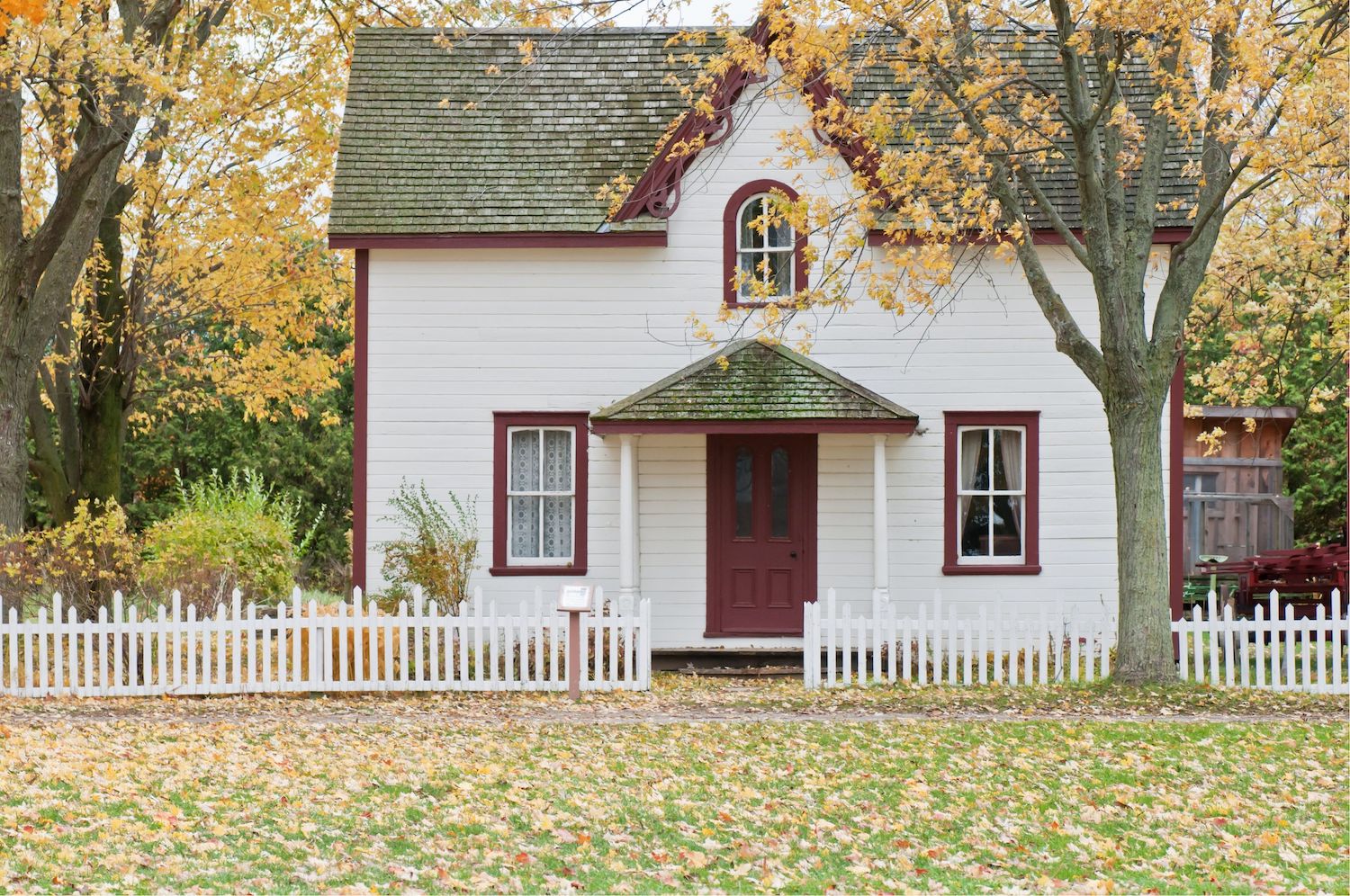It can be nerve-wracking when your heat pump goes out. Not only is it uncomfortable and inconvenient, but you may also be worried about the impact on your energy bills. But don’t panic! Knowing what to do if your heat pump fails will help keep you informed and in control of the situation. In this article, we’ll discuss some tips for troubleshooting a malfunctioning heat pump, as well as where to find assistance from professionals if needed.
Heat Outage Basics
Heat outages are a common problem in many parts of the world, especially during winter months. Although heat outages can be inconvenient and uncomfortable, understanding the basics of how they work and how to prepare for them can help you stay safe and make the experience more bearable.
In its most basic form, a heat outage happens when something causes your heating system to suddenly stop working. This could be due to natural causes such as a power outage or extreme weather conditions, or it could be caused by an issue with your own heating system like a broken part or malfunctioning thermostat. Either way, having an emergency plan in place before an outage occurs is key to dealing with them effectively. Making sure you have extra blankets on hand and taking precautions like keeping doors closed can help retain warmth in your home while waiting for service technicians to arrive.
Checking Circuit Breakers
When temperatures drop and the heat goes out, it is important to check your circuit breakers as a first step in troubleshooting. Power outages or other technical issues can often cause electric-operated heating systems to fail. Checking your circuit breakers should be done before calling for professional assistance, as this may save you time and money on a potential repair bill.
Circuit breakers are usually located in the main electrical box in the home; they regulate power distribution throughout the house. If there is an overload of electricity, such as when too many appliances are running at once, this can trip a breaker and shut down power to specific circuits. The solution is to locate the tripped breaker and switch it off then back on again; this will restore power and may also reset your heating system if that was affected by the outage.
Inspecting Furnace Filters
It is important to inspect your furnace filters. Proper maintenance of these filters can extend the life of your heating system, increase efficiency and improve air quality in your home. It is essential to check them regularly and change them when needed to ensure that they are working properly.
The process of inspecting furnace filters is simple and easy. Begin by removing the old filter from its housing. Check for signs of dirt or dust build up on the filter, which could indicate that it needs replacing. If the filter looks dirty or clogged, it should be changed immediately to prevent further damage or malfunctioning of your furnace system. Additionally, make sure to note down any size numbers listed on the filter so you can buy a replacement with an identical size when needed.
When temperatures drop and the heat goes out, it is important to check your thermostat settings to ensure that your home stays warm. Knowing what to look for when troubleshooting a problem with your heating system can help you get the most out of your energy efficiency efforts.
Your thermostat should be set at a comfortable temperature that allows you to feel comfortable in your home. The optimal setting is generally between 68 and 72 degrees Fahrenheit during winter months, but you may want to adjust according to personal preference or needs. Check that all of the settings are properly configured and make sure nothing has been inadvertently changed or shifted. In addition, if you have a programmable thermostat, make sure it is programmed correctly for light usage times as well as peak times such as when everyone will be home in the evening hours.
Calling a Professional
A reliable heating repair service will have all the necessary tools and knowledge to diagnose and repair your heating system quickly and correctly.
A professional technician can also help you identify potential problems before they become major issues. They can make sure that any parts or components needing replacement are replaced with quality parts that will last for years to come. Additionally, technicians are knowledgeable about energy-saving upgrades that could reduce your energy costs while helping maintain comfortable temperatures throughout your home.
In conclusion,when the heat goes out in your home it can be a stressful and uncomfortable experience. Taking action early to try and locate the issue, such as checking the circuit breaker, is important in order to address the problem quickly and efficiently. If needed, calling a professional heating technician may be necessary and in many cases they can offer emergency service.




